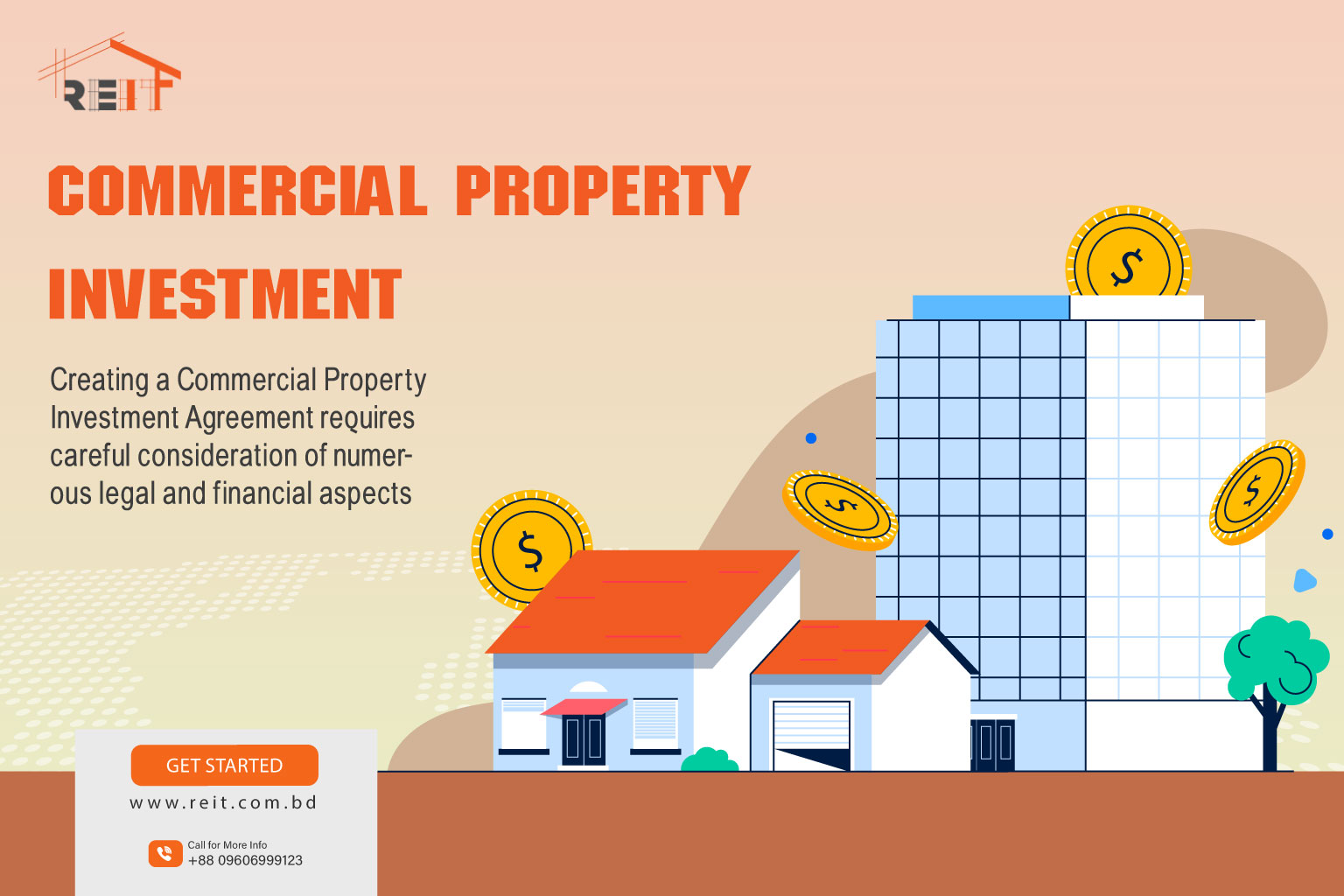Creating a detailed template for a Raw Land Development Agreement involves several critical sections to ensure a comprehensive and legally binding document. Remember, this is a basic outline and should be tailored to the specifics of your project and local laws. Consulting with legal counsel is strongly recommended for drafting an actual agreement. Here’s a detailed breakdown:
Title: Raw Land Development Agreement
1. Introduction:
Title of Agreement
Date
Parties Involved: Full legal names and contact information of the developer, landowner, and any other significant stakeholders.
2. Property Description:
- Legal Description: A precise legal description of the raw land.
- Size and Location: Details including acreage, boundaries, and geographic location.
3. Development Objective and Scope:
- Purpose: Define the intended use (residential, commercial, etc.).
- Development Plan: Outline the overall development plan, phases, and key objectives.
4. Terms and Conditions:
- Duration of Agreement: Specify the commencement and expiration dates.
- Financial Terms: Detail financial arrangements, including purchase price or lease terms, payment schedules, and any escrow arrangements.
5. Responsibilities and Obligations:
- Developer’s Responsibilities: Enumerate the developer’s duties including obtaining permits, adhering to codes, construction, etc.
- Landowner’s Responsibilities: If applicable, list the responsibilities of the landowner.
6. Compliance and Approvals:
- Zoning and Land Use: Address compliance with local zoning and land use regulations.
- Permits and Approvals: Responsibility for securing necessary permits and approvals.
7. Development Timeline:
- Project Schedule: Provide a timeline with milestones.
- Delay Provisions: Procedures for handling delays and possible extensions.
8. Construction Standards and Oversight:
- Building Codes and Standards: Specify adherence to local building codes and quality standards.
- Construction Management: Identify the party responsible for overseeing construction.
9. Environmental and Legal Compliance:
- Environmental Assessments: Detail requirements for environmental studies and impact assessments.
- Compliance: Outline compliance with environmental laws and regulations.
10. Infrastructure and Utilities:
- Development of Infrastructure: Responsibilities for roads, utilities, and other infrastructure.
11. Risk Management:
- Insurance: Insurance requirements for the parties.
- Liability and Indemnification: Clauses covering liability and indemnification.
12. Default and Remedies:
- Default Conditions: Define what constitutes a default.
- Remedies: Remedies are available to each party in case of default.
13. Termination:
- Termination Clauses: Conditions under which the agreement can be terminated.
14. General Provisions:
- Governing Law: State the governing law.
- Amendment and Assignment: Procedures for amendments and assignment of the agreement.
- Notices: Procedures for official communications.
15 Signatures:
- Spaces for the signatures of all parties, including dates.

















